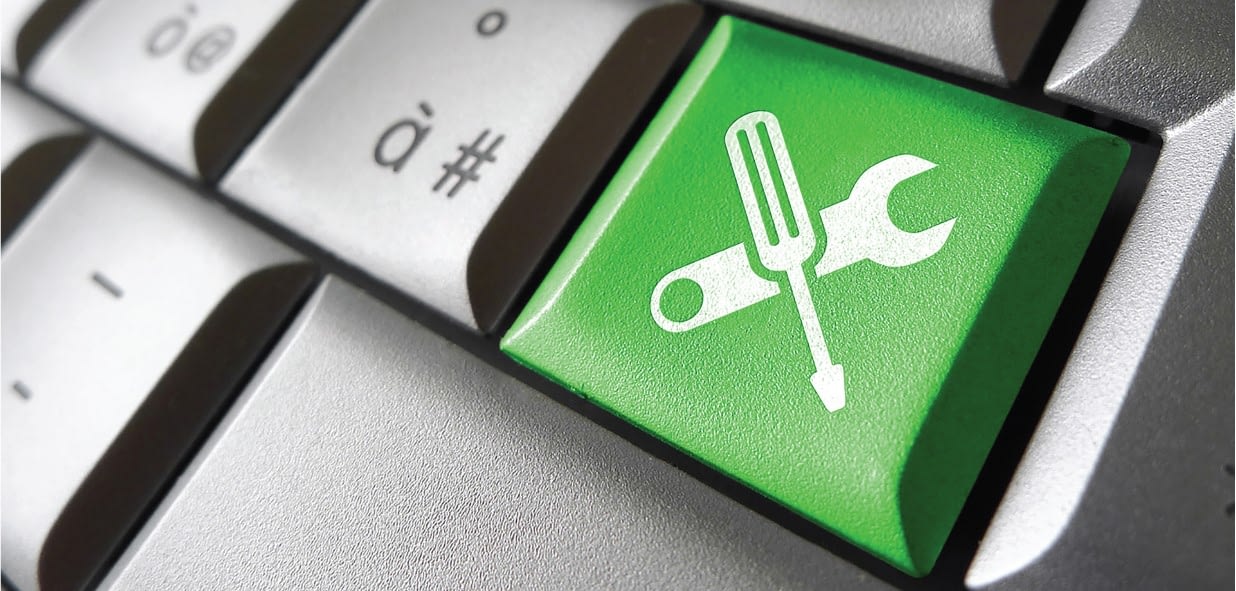
#BEST RANSOMWARE PROTECTION FOR WINDOWS SERVER KEYGEN#


You can also add another step to the process by adding one more copy on an immutable (can't be altered), indelible (can't be deleted) cloud storage server.

Try to keep 3 separate copies of your data on 2 different storage types with 1 copy offline. Ideally, organizations should be backing up their most important data at least once per day.Ī popular approach to follow is the 3-2-1 rule. In the case of a ransomware attack, the user can wipe the computer clean and reinstall the backup files. Backup Your Dataīacking up your data to an external hard drive or cloud server is one of the easiest risk mitigation practices. Because technology is constantly evolving, it's important to follow basic cybersecurity practices and stay proactive, so that you'll never put yourself or your business at risk of any ransomware threats. Luckily, there are many ways to protect yourself from ransomware infection. Doxware/Leakware - Doxware or leakware will threaten to leak personal or company information unless the fine is paid.In some cases, pop-ups will flood the screen, forcing the user to pay to remove them. Scareware - Scareware attempts to scare users into buying unnecessary software.
 Lockers - Lockers restrict the use of your computer, making it impossible to work or use basic functions until the ransom is paid. Encryption - Encryption is the most common type of ransomware, which encrypts data and makes it impossible to unlock without a decryption key. There are four main categories of ransomware: This type of malware can lock up individual files, like documents or images, to entire databases, leading to huge data breaches or exposure of sensitive, personal information. Ransomware attacks can affect anyone, from individual users to large corporations. Downloading infected file extensions or malicious attachments. Visiting corrupted websites ( drive-by downloading). Some of the most common ways people get infected by ransomware are: In most cases, failure to pay the ransom can lead to permanent loss or exposure of confidential data. Ransomware attacks can be especially dangerous for businesses that rely on that information to function daily. Cybercriminals often use a binary encryption key to restrict data access to extort money from victims. Ransomware is a sophisticated type of malware that can infect a computer and subsequently hold sensitive data or personally identifiable information (PII) hostage until a fee, or "ransom" is paid. Keep reading to learn more on how you can protect your data from any future attacks! What Is Ransomware? It's important to stay proactive with the best ransomware protection practices before potential threats have the opportunity to take advantage. Losing it could mean irreversible damages that could cripple an entire operation. These extortion schemes often target individuals or businesses that are most likely to pay the demanded sum to recover their data.įor many companies, that data is the most valuable asset they own. Without it, poorly protected users and organizations can put themselves at risk of losing important and confidential information.Ī report from Cybersecurity Ventures estimates that there was one ransomware attack every 11 seconds in 2021, resulting in almost $20 billion in damages. Having a ransomware defense strategy should be a priority for any individual or company. As the world of technology grows, so should the cybersecurity practices that protect them.
Lockers - Lockers restrict the use of your computer, making it impossible to work or use basic functions until the ransom is paid. Encryption - Encryption is the most common type of ransomware, which encrypts data and makes it impossible to unlock without a decryption key. There are four main categories of ransomware: This type of malware can lock up individual files, like documents or images, to entire databases, leading to huge data breaches or exposure of sensitive, personal information. Ransomware attacks can affect anyone, from individual users to large corporations. Downloading infected file extensions or malicious attachments. Visiting corrupted websites ( drive-by downloading). Some of the most common ways people get infected by ransomware are: In most cases, failure to pay the ransom can lead to permanent loss or exposure of confidential data. Ransomware attacks can be especially dangerous for businesses that rely on that information to function daily. Cybercriminals often use a binary encryption key to restrict data access to extort money from victims. Ransomware is a sophisticated type of malware that can infect a computer and subsequently hold sensitive data or personally identifiable information (PII) hostage until a fee, or "ransom" is paid. Keep reading to learn more on how you can protect your data from any future attacks! What Is Ransomware? It's important to stay proactive with the best ransomware protection practices before potential threats have the opportunity to take advantage. Losing it could mean irreversible damages that could cripple an entire operation. These extortion schemes often target individuals or businesses that are most likely to pay the demanded sum to recover their data.įor many companies, that data is the most valuable asset they own. Without it, poorly protected users and organizations can put themselves at risk of losing important and confidential information.Ī report from Cybersecurity Ventures estimates that there was one ransomware attack every 11 seconds in 2021, resulting in almost $20 billion in damages. Having a ransomware defense strategy should be a priority for any individual or company. As the world of technology grows, so should the cybersecurity practices that protect them.








 0 kommentar(er)
0 kommentar(er)
